Species at Risk
by Lindsay EppIn British Columbia, 36% of distinct animal species are labelled “at risk”. The first step to conserving our native species and ecosystems is to educate ourselves on these species and the reasons behind their endangerment. Once we know why a species has become endangered, we can begin to take the steps necessary to protect threatened populations.
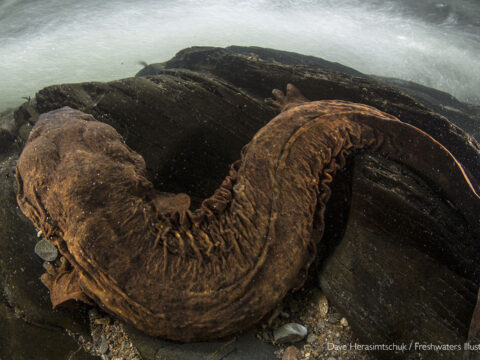
1In 1 playlists
By Lindsay Epp
This short film (click here to view) illustrates the immediate danger many species around the world are facing. Eastern Hellbenders rely on the health of the streams they live in to survive. This video by Freshwater Illustrated shows that small actions can have a huge impact on ecosystems and the species that rely on them.
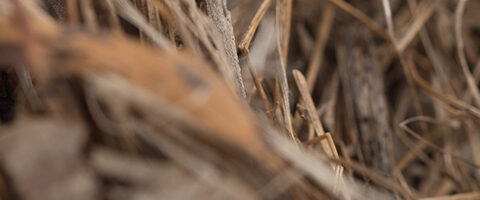
5In 5 playlists
We're all in this together. An ecosystem is a natural community. When species disappear it can throw an entire system off balance, with far-reaching consequences for ecosytems, for the planet, and for us. What can we do about it?
View Pathway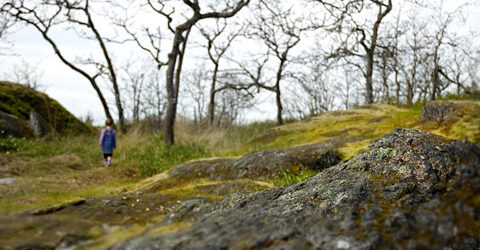
1In 1 playlists
By Lindsay Epp
Garry Oak ecosystems once covered much of Vancouver Islands southeastern coast. Now, only 5% of these ecosystems remain. What does this mean for the hundreds of species that call this ecosystem home? Learn more from the Garry Oak Ecosystems Recovery Team at GOERT.ca.

1In 1 playlists
By Lindsay Epp
Click here to open up a collaborative "bulletin board" and share which species or ecosystem you would most like to protect.
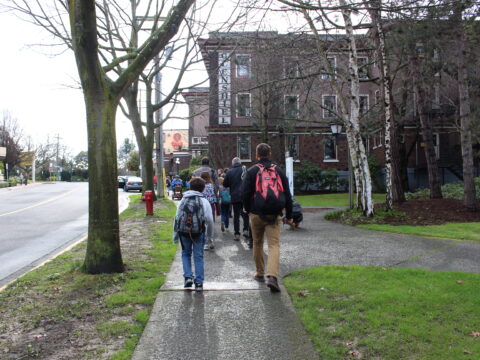
1In 1 playlists
By Lindsay Epp
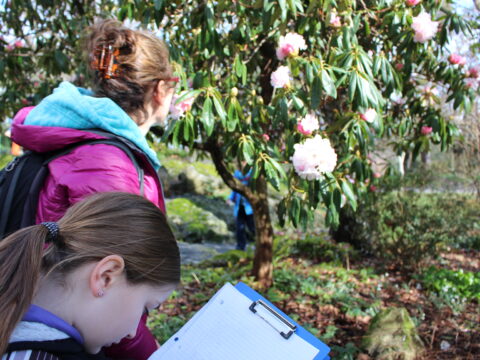
1In 1 playlists
By Lindsay Epp
A student from Lochside Elementary making observations in Beacon Hill Park. How many different species can you find there?
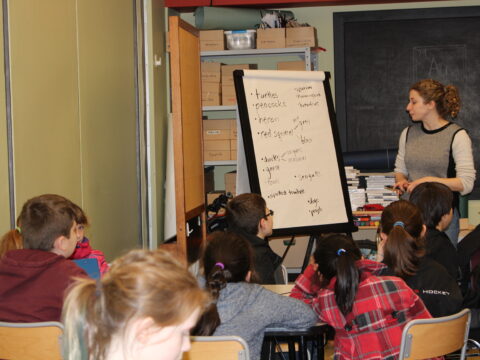
1In 1 playlists
By Lindsay Epp
With RBCM Learning Labs the museum is your classroom for the day. Students at Lochside shared the different species they observed in Beacon Hill park.
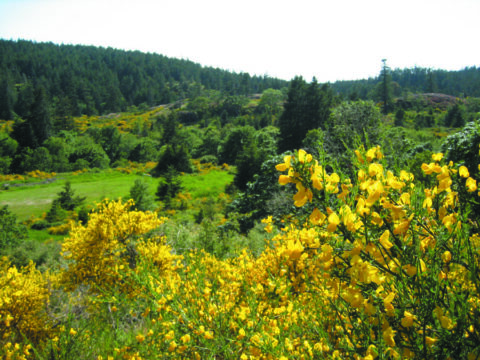
2In 2 playlists
By Lindsay Epp
No, not that kind of alien. Alien species are plants and animals that are foreign to an ecosystem, usually brought by humans whether intentionally or unintentionally. Alien species affect the balance of the ecosystem and can be harmful to the lifestyle of native species. Scotch Broom (pictured) is an example of an alien species in B.C.
